Product Overview
A Wahoo trophy fish mount from Gray Taxidermy is handcrafted in the U.S. We combine over fifty years of experience and skilled craftsmanship to ensure that your custom trophy mount exceeds your expectations of what a perfect custom fish mount should look like.
Our skilled artists take pride in capturing the rich beauty and realism of nature that each unique marine species bring. A fish mount from Gray Taxidermy will capture and commemorate a memory of a life time. We are able to transform raw materials into the ultimate representation of an angler's most notable achievement. Great attention to detail and true craftsmanship is our motto while we continue to serve customers around the world. Gray Taxidermy goes to great lengths to ensure the precise color and characteristics are resembled in your custom fish mount.
Before leaving our facility, each custom fish mount is thoroughly inspected to ensure our goal of 100% customer satisfaction.
If you want to complete your trophy wall with a unique action scene by adding baitfish along your mount, we have a variety of baitfish mounts to choose from.
Product Specs:
- Available Sizes: 13" - 91"
- Details: Fired-Enamel Glass Eye
- Product Options: Wood Plaque, Custom Base, 360°
-
We also offer elegant solid wood plaques to accompany yor trophy mount. Includes traditional wood plaque with sublimated personalized information. Just ask for more information.
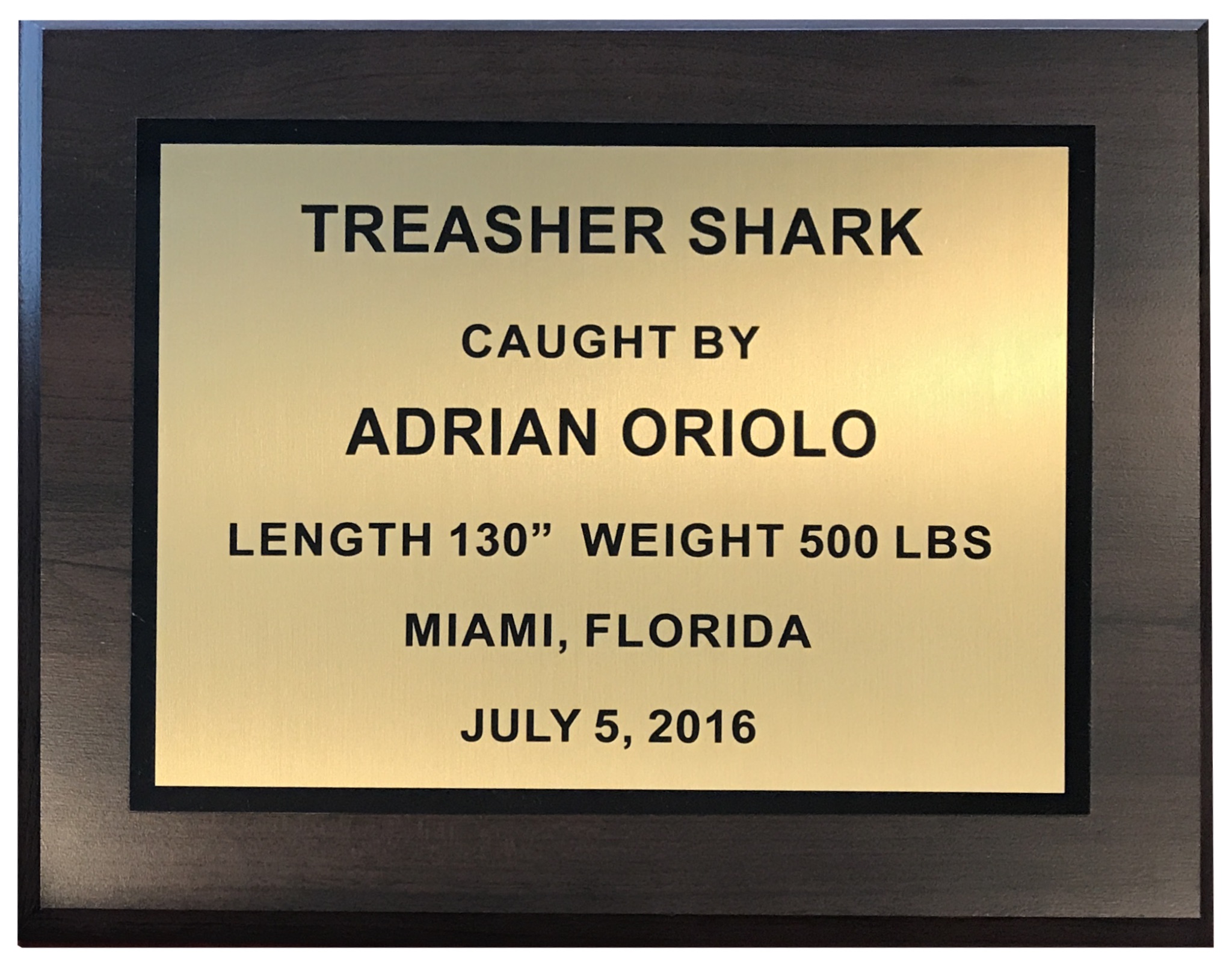
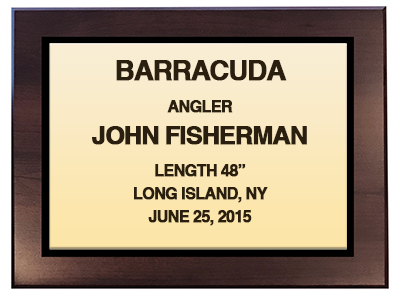 15 in x 12 in or 10 in x 8 in personalized wood plaque.
15 in x 12 in or 10 in x 8 in personalized wood plaque.
Color: Gold
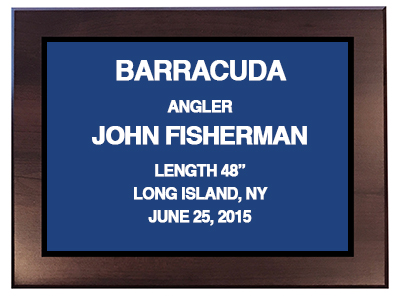 15 in x 12 in or 10 in x 8 in personalized wood plaque.
15 in x 12 in or 10 in x 8 in personalized wood plaque.
Color: BlueAvailable for all fish species
Species Information
Scientific Name: Acanthocybium solanderi
Average Size: Wahoo grow fast, up to 8 feet and 158 pounds
Location & Habitat: Wahoo are found near the surface in tropical and subtropical waters around the world. Wahoo live in tropical waters year-round but are also found in higher latitudes during the summer. They’re frequently found alone or in small, loosely connected groups rather than in compact schools. They’re also often found near banks, pinnacles, and flotsam (natural debris drifting in the ocean).
Overview: The Wahoo is a cousin of mackerel, wahoo is found in warm oceans around the world. In the Pacific, they’re harvested as non-target catch in troll and longline fisheries targeting tunas based out of Hawaii, American Samoa, Guam, and Saipan. Most of the wahoo in the U.S. market comes from Hawaii, where the fish is nicknamed “Ono,” the Hawaiian word for “delicious.” A small amount of wahoo is harvested in U.S. fisheries along the Atlantic coast and Gulf of Mexico. No regulations currently apply to wahoo specifically – their biology makes them resilient to fishing pressure and catch trends have so far indicated that regulations are not yet necessary. However, several regulations are in place to reduce the impact of troll and longline fisheries on other species, and the fisheries are monitored through logbooks, observer coverage (longline fishery), port sampling, and landing receipts.
Description: Wahoo are steel blue above and pale blue below. They’re covered with small scales and have a series of 25 to 30 irregular blackish-blue vertical bars on their sides. Wahoo have large mouths with strong, triangular, compressed and finely serrated teeth. Their snouts are about as long as the rest of their heads. Although they can reach 8 feet in length, wahoo are commonly between 3.3 and 5.4 feet long.
Wahoo grow fast, up to 8 feet and 158 pounds, and have a short life span, up to 9 years. Males are able to reproduce when they reach 2.8 feet in length; females sexually mature when they reach 3.3 feet. They’re usually about a year old at this size.
Wahoo spawn year-round in tropical waters and during the summer in higher latitudes, including Hawaii. Individual wahoo spawn multiple times throughout the spawning season. They’re very productive, releasing millions of eggs per year to compensate for eggs that might not survive to adulthood.
Wahoo mainly feed on fish, including frigate mackerel, butterfish, porcupine fish, and round herring. They generally compete with tuna for the same kind of food. Scientists have theorized that wahoo is able to eat fish larger than itself by using its sharp teeth to render large prey into bite-size pieces. A number of predators that share the wahoo’s habitat feed on young wahoo.

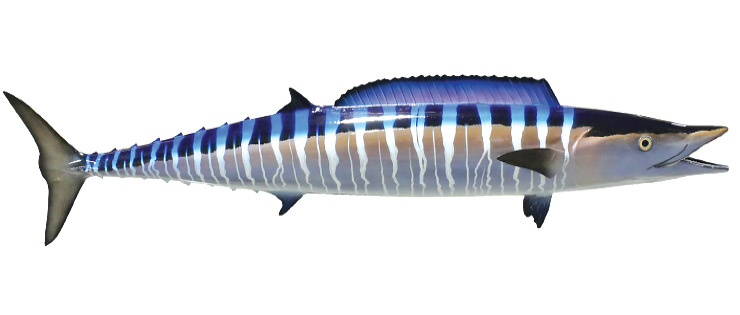
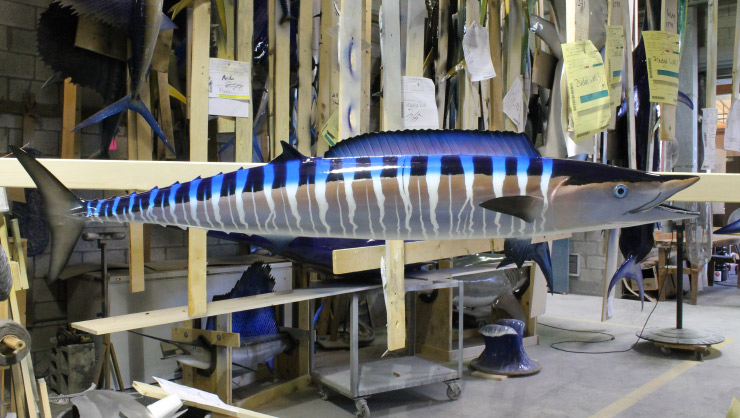
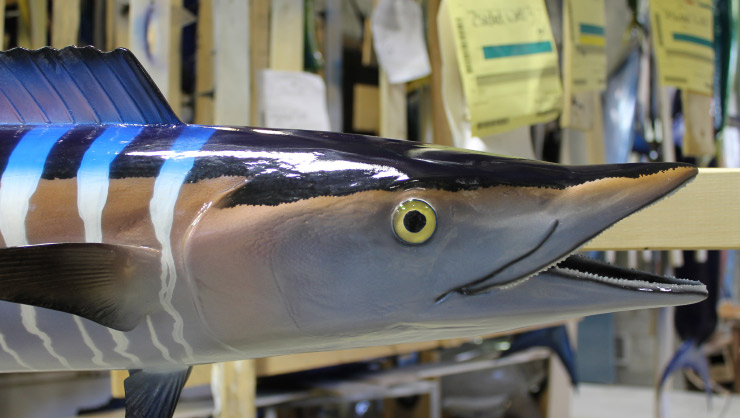
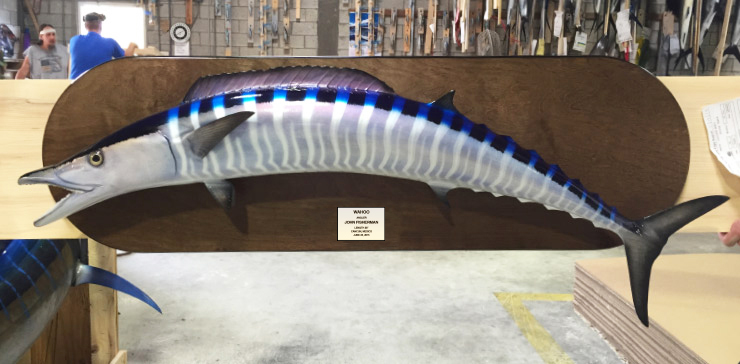
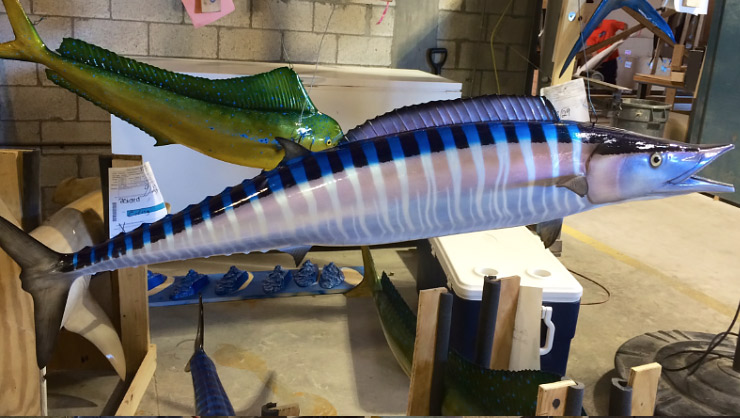
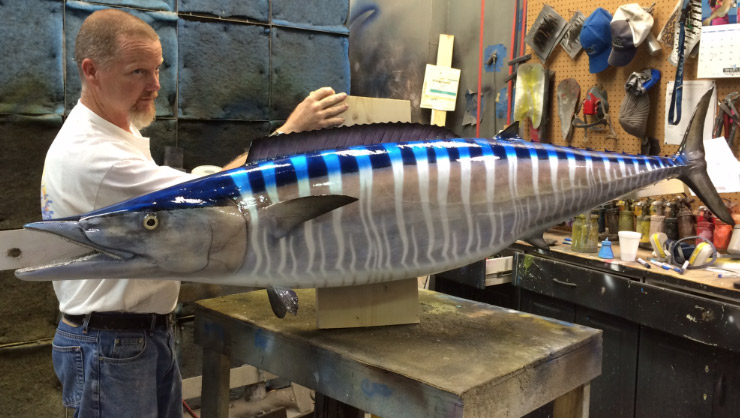


Call Now: 800.452.5501